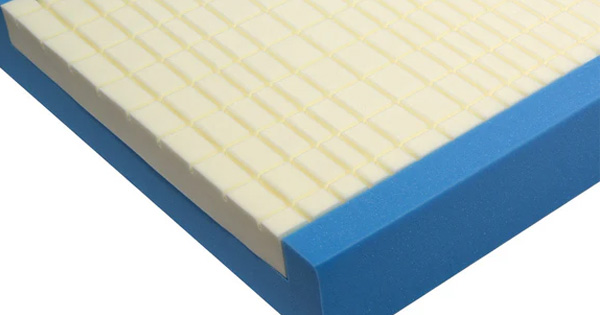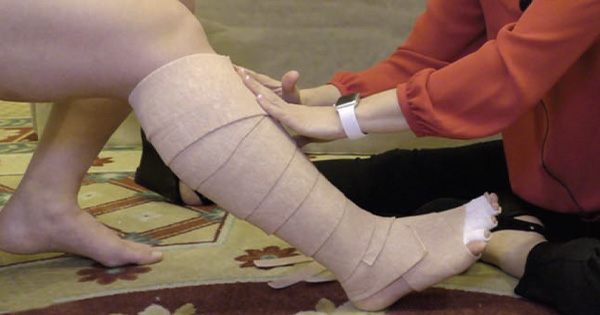Incontinence-associated dermatitis (IAD) can be both painful and embarrassing for patients (Bianchi, 2012), and with a prevalence estimate of between 20% and 27%, it is an important tissue viability priority in acute hospitals (Junkin et al, 2005; Junkin and Selekof, 2007). It has been suggested that IAD develops when skin is damaged primarily by the reaction of urine and/or faeces (Gray et al, 2007a).






